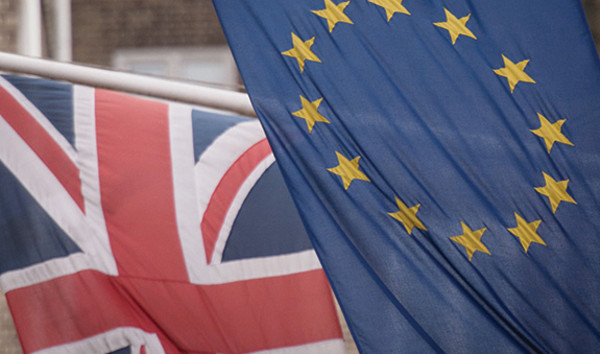

Tim Haywood, investment director for absolute-return strategies at Gam, said the end is nigh for the UK bond market rally after the nation’s vote to leave the European Union.
Mr Haywood said UK bonds surged in the aftermath of the country’s vote to leave the EU, on speculation of further easing from the Bank of England, but this only accelerated the end of the bond market rally.
“The long end of the UK bond market is at an extremely strange place, we’ve just had a double downgrade,” he pointed out.
“Inflation by Christmas this year will be at 2 per cent and there is a reasonable chance that we’ll have an inflationary shock at some point in the next 10 years, even if a slowdown hits us first.
“Given these prospects, 1.2 per cent yield for a 30-year UK bond is really extraordinary low. It is also particularly low compared with most countries; those countries with similar yields have either better fiscal dynamics or lower interest rates.”
Following the warning from Mark Carney, governor of the Bank of England, that short term rates may be lowered later this summer, Mr Haywood said we yet may have negative interest rates in this country for a while.
But notwithstanding the shorter term interest rate outlook, he noted the long end of the UK curve looks overvalued given the debt dynamics.
“Foreigners must be tempted to buy British assets or provide foreign direct investment. They will forecast the returns they could get and combine that with the potential currency swings if un-hedged, or interest rate differentials if currency hedged,” stated Mr Haywood.
“Investors need a margin of safety that they’re simply not getting in British government debt at 1.2 per cent for 30-year gilts. You’d have to be quite bullish on sterling to think that these bond yields plus currency risk are good combined value.
“Therefore, at time of tremendous flux, we ascribe a reasonable probability to a scenario where five to 10-year yields may stay about the same, while longer yields rise yet shorter maturities fall in yield – all leading to a pivot in the UK curve.”
Stewart Richardson, chief investment officer of RMG Wealth Management, said negative interest rates and quantative easing in Europe and Japan have resulted in approximately US$12 trillion (£9.05 trillion) of bonds now trading with a negative yield.
He said this distortion has forced investors to hunt for yield, which has driven yields down in all sovereign bonds as well as corporate bonds regardless of credit quality.
“Unless the world economy is heading into a Japan like lost decade (which is certainly a possible outcome in our opinion), government bonds represent utterly disastrous value for investors,” he said.
Liontrust’s head of multi-asset John Husselbee said it was sterling that has taken the brunt of the Brexit vote, down around 10 per cent against the dollar and 7 per cent versus the euro at the end of last week.
He said the currency has effectively acted like the share price of UK plc in recent days.
For investors with overseas assets, Mr Husselbee said this weakness has provided a performance boost and many are now weighing up whether the currency will drop further, or it might be time to lock in some of these unexpected gains.
The pound’s decline should also be considered in light of ongoing demand for gilts in the UK, which has pushed 10-year yields below 1 per cent for the first time on record.
Mr Husselbee added: “On the surface, this presents something of a conundrum: people are shunning our currency but still want our debt.
“One explanation could lie in ongoing demand for safe havens and, in the beauty parade of developed market government bonds, gilts still look attractive versus German bunds and other European government paper.”



